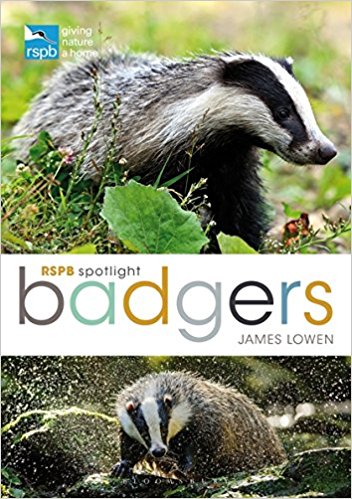 |
South Yorkshire - A Country Diary

Pete
Bowler of The Guardian
Saturday February 3,
2001
Badgers, like many wild
mammals, are fastidious creatures. They like to keep their underground
homes clean; the bedding fresh and well aired. However, in the midst of
winter, it can be something of a wrench to drag yourself out of a warm and
snug sett in order to answer a call of nature. It is not surprising
therefore, that, at the two setts we- examined this week, the fresh dung
pits which help to signify badger activity were about as close to the
tunnel entrances as could be decently allowed. Given the harsh, freezing
cold nights we have experienced over the past few days you would expect
the badgers to spend as little time above ground as possible.
On warmer nights the badgers have been out and about. At each of the
two setts it was clear which tunnels are currently in use from the trail
of dead leaves and moss leading into them. Unused entrances are also full
of dead leaves, but they lie differently, having been blown in by the wind
rather than gathered, bundled and dragged.
All along the network of interlocking badger paths which dissect the
woods like a lattice, clumps of moss lay discarded, roots and bulbs of
woodland flowers lay exposed, some part-eaten and dead branches lying
across the path, crushed by heavy jaws. Some Lords and ladies bulbs lay
scattered, their early leaves lying limp. We pushed them back into the
soil, happy they would recover. In areas of thick moss, snuffle holes
reveal where badgers had been nosing deep into the soft cushions in search
of worms and other invertebrates.
Although January is one of the months of least activity, both setts
showed signs of recent excavations. Here the earth was still loose, as
opposed to the hard-packed mounds of orange clay outside the more
undisturbed tunnels. Sow badgers will be fully pregnant now, their eggs,
fertilised perhaps as early as February last year, not implanted into the
uterus wall until December. This allows badgers to mate at any time of
year but still give birth in early spring, giving cubs the maximum
opportunity to develop and grow before facing the rigours of their first
winter.
| RSPB Spotlight on Badgers book |
 |
James
Lowen explores the lives of badgers and their communal
living, feeding habits and threats to their conservation. Click
here to buy:
Paperback edition
Kindle edition
|

| External News |
|
We have provided links to stories from external news
organisations so you can follow the media interest in badgers, and see who
writes on the subject. We do not endorse external authors. |
 |
|
